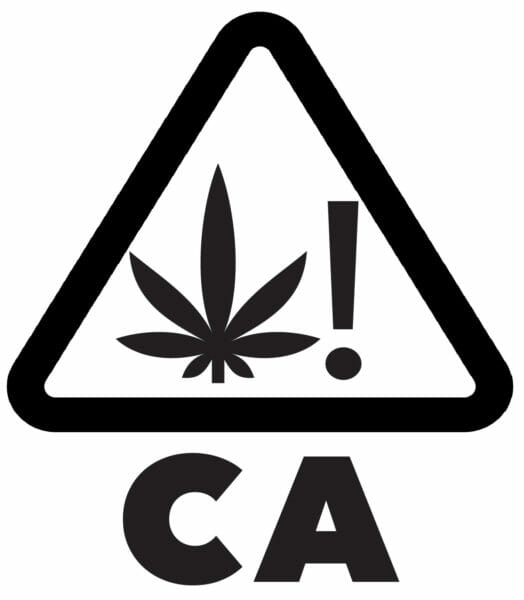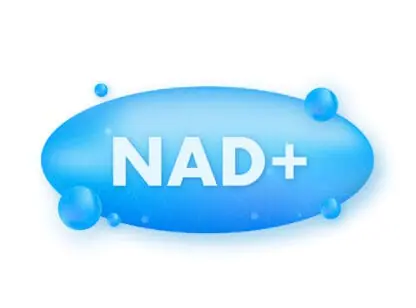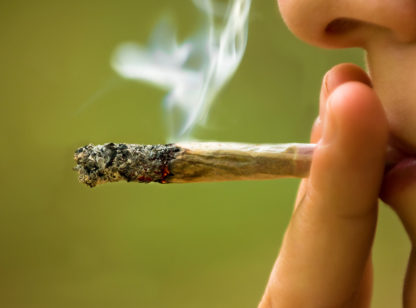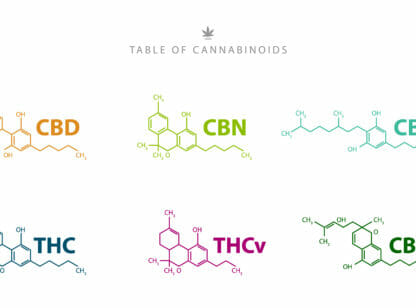Sometimes it feels like you have to be Indiana Jones to decipher all the information on a cannabis product packaging (or be a chemist named Jeff Spicoli). So, to help our Senior-High students better understand what they’re buying, we offer this handy explanation of those numbers and nomenclature.
Ratio. The most common products sought as medicinal medicine are those containing both CBD and THC. The large numbers on the label indicate how much CBD is contained in the product in relation to the amount of THC. Both THC and CBD offer their own unique benefits, but how they’re combined makes a world of difference in their efficacy and what ailments they most appropriately treat.
Some manufacturers state which number is CBD and which is THC; others may not, thus understanding the ratios may be confusing, yet is quite important. Ratios are standardly presented as CBD:THC (CBD is the first number). Manufacturer Papa & Barkley does a good job of explaining the ratio. For example, their 120 mg jar balm has a 1:3 ratio which means you’re getting 30 mg CBD and 90 mg THC in the full jar (second number, THC, is higher). Their 180 mg balm has a 3:1 ratio which means you’re getting 135 mg CBD and 45 mg THC (first number, CBD, is higher). This is extremely helpful in letting consumers know exactly what they’re getting.

Triangle, CA with exclamation mark. If the product you’re buying does not display this label and warning, it may not be legal and you may want to steer clear.
In 2020, California’s Office of Environmental Health Hazard Assessment (OEHHA) added marijuana smoke and THC to the state’s Proposition 65 list of chemicals known as reproductive toxins. This warning must be visible on all cannabis product packaging and labeling. Depending on the type of product, the package may also state, “WARNING: This product can expose you to marijuana smoke, which is known to the state of California to cause cancer, birth defects and other reproductive harm.” This may appear on its own label or sticker separate from the primary panel and information panel.
Some other California state requirements for cannabis include:
- Product packaging cannot be designed in a way that’s appealing to children
- All print must be clear and legible
- Labels must be printed in at least six point font
- All labeling must be visible on the outer layering of the packaging
- Peel-back labels or inserts may be used on small packaging that can’t accommodate all the information up front
- All required information must appear on the packaging; it’s not acceptable to direct buyers to a website
- County names may not be included on the packaging unless the product was 100% grown in that county
- Misleading information and unproven health claims are strictly prohibited
- Photos of the product may not be included
Again, if the product you’re buying doesn’t adhere to these requirements, it may not be legal and we recommend avoiding.
Lustman is chief marketing office with Senior-High which offers education and resources on medicinal marijuana and can be reached at (760) 459.4593 or visit www.Senior-High.com.













































Comments (0)